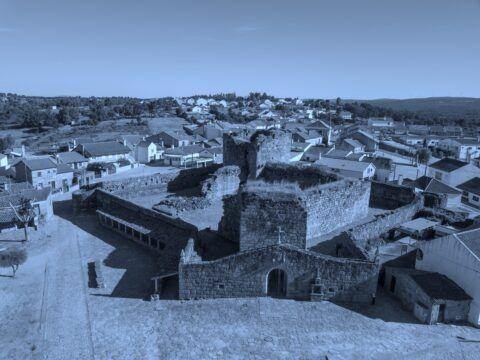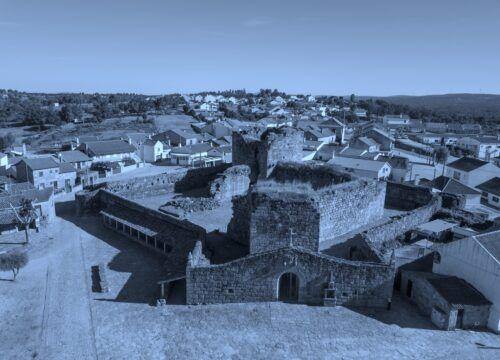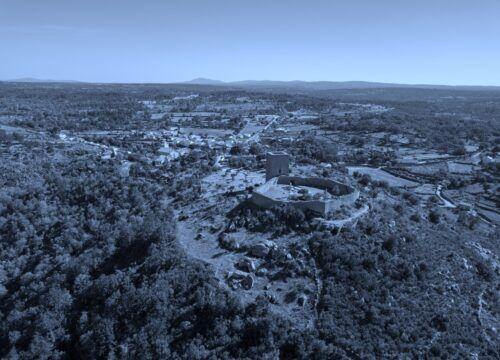Alfaiates
SHORT HISTORY
The origin of the village is not accurately known. Some protohistorical traces could be found, although it is possible that its name has an Arabic origin (possibly from the word Al-haet, meaning wall or fence). It was part of the kingdom of León until the end of the 13th century. Between 1209 and 1226, it was promoted to town and received a charter from the king of León.
Following the conquest of the region by D. Dinis and the signing of the Treaty of Alcañices, 1297, the town became part of the Portuguese kingdom. With the border resting further away, the military importance of this town decreased. Notwithstanding, the wars of the Restoration once again brought destruction to Alfaiate. The town’s captain, Brás Garcia de Mascarenhas, played a key role in the defence of this region and in the renovation of the stronghold, giving it its current configuration.
During the French invasions in 1811, the castle played an important role in the defence of the border area.
FOR A VISIT
Alfaiates occupies a relatively flat promontory, which was completely surrounded by walls. The growth of the town’s population led to the gradual disappearance of those walls, both by reusing
the stone in buildings and even by integrating some sections as walls of houses, which is why, today, they are hardly visible. The castle survived, with its two towers and double set of square walls. A belvedere is expected to be built soon at the top of the keep, which will offer an ample view of the surrounding landscape.
On the square near the entrance to the castle, which still features the traditional porches to organize the market, we find the bust of Brás Garcia de Mascarenhas, military commander who guaranteed the defense of the area during the Portuguese Restoration War.
The Direita street crosses the town, going through Solar dos Camejos and through the back of the main church and leading up to Praça Rainha Santa Isabel, where we find the church of Misericórdia (Romanesque), the pillory and the former Town Council.
Nearby (road to Aldeia da Ponte), we find the church of Sacaparte, an old pilgrimage site of regional importance, featuring some gilded woodcarving and an important fresco on the wall behind the main altar. Next to the enceinte, we find the ruins of the old convent.




